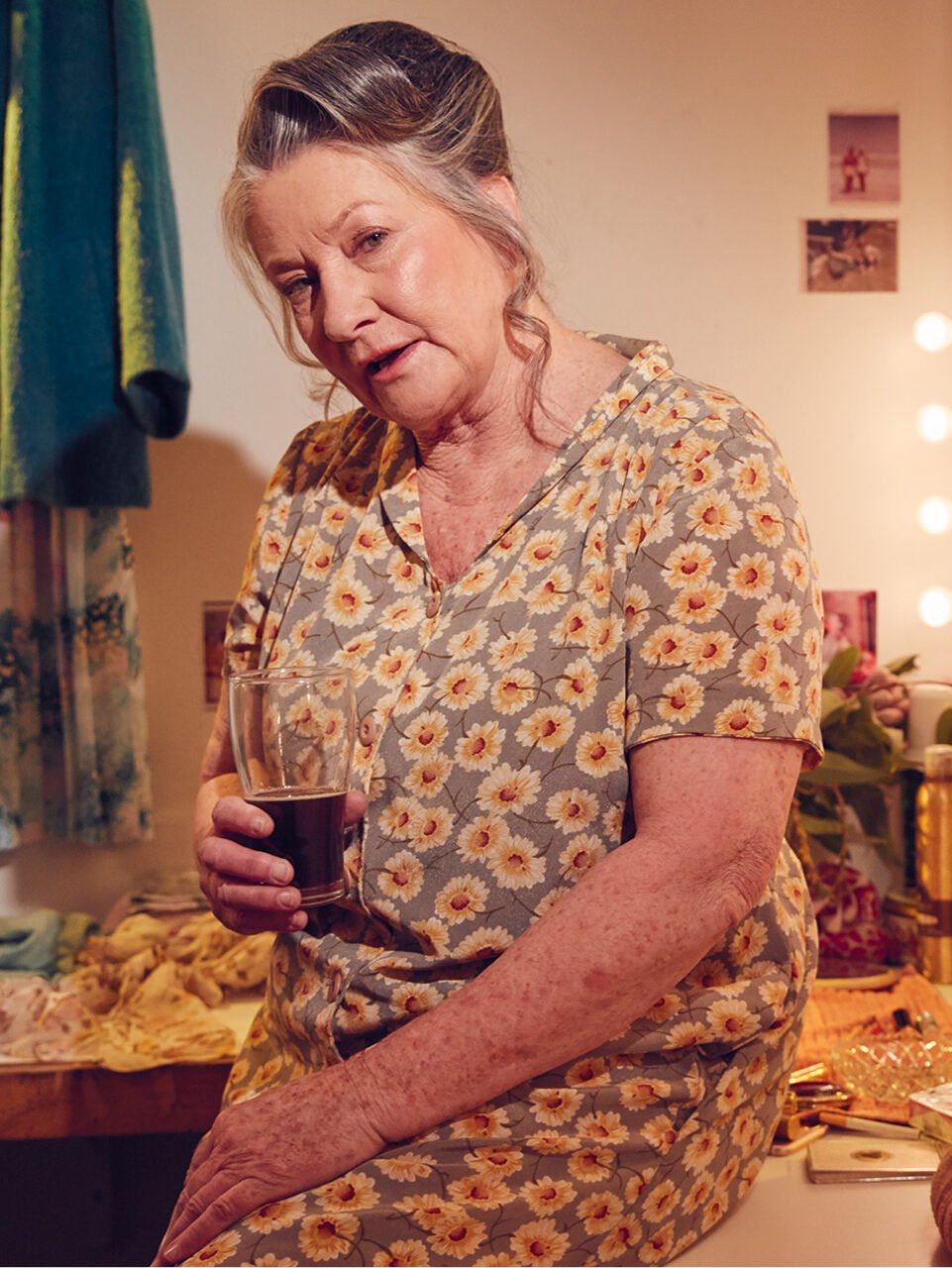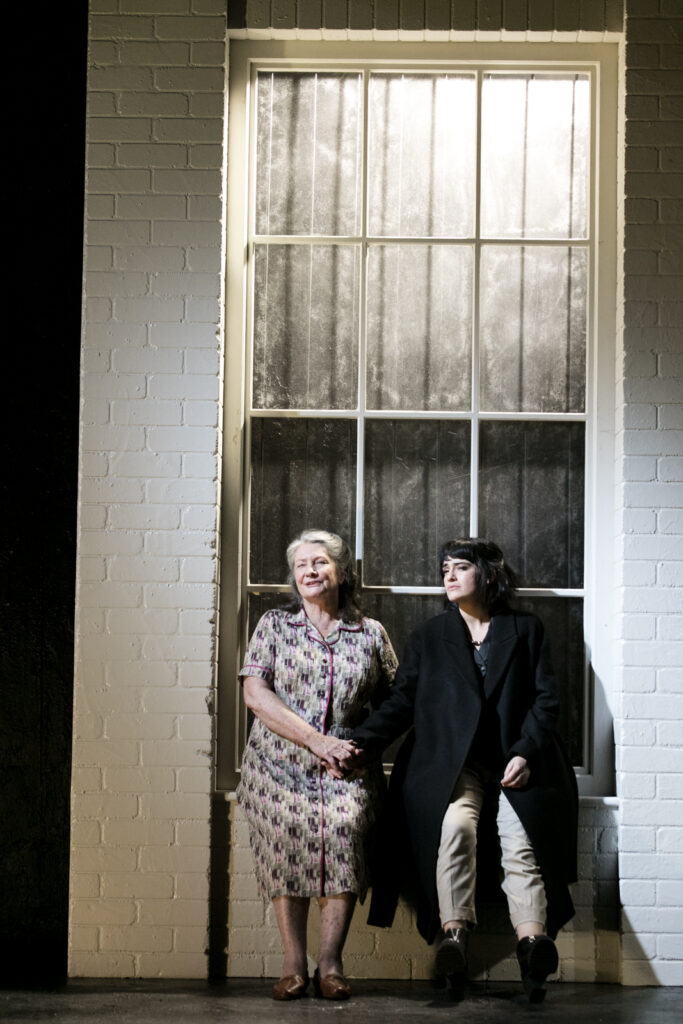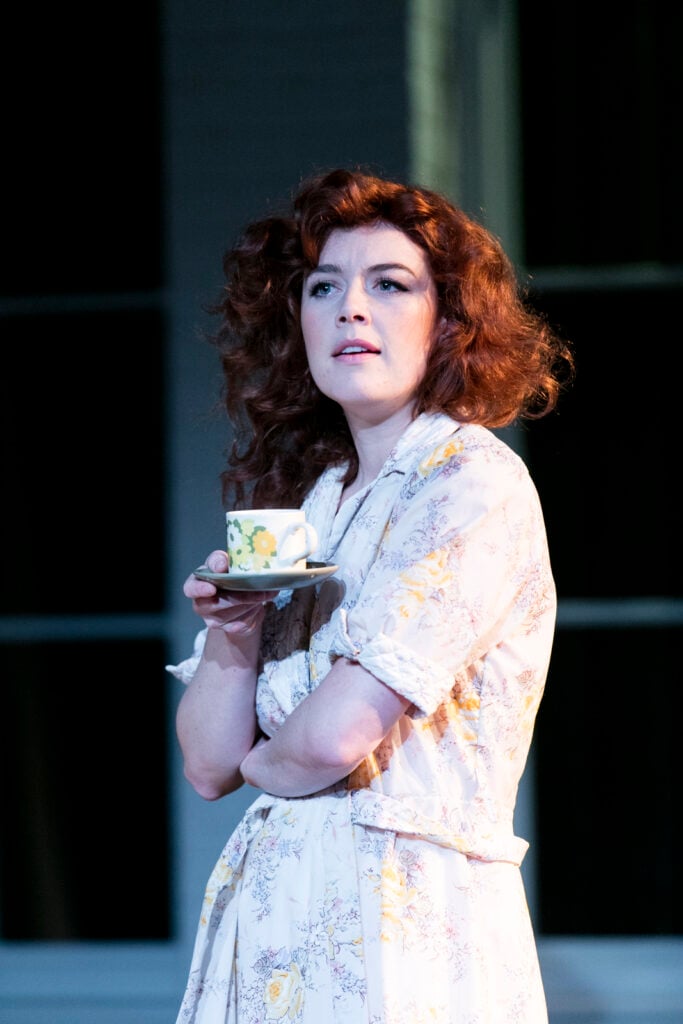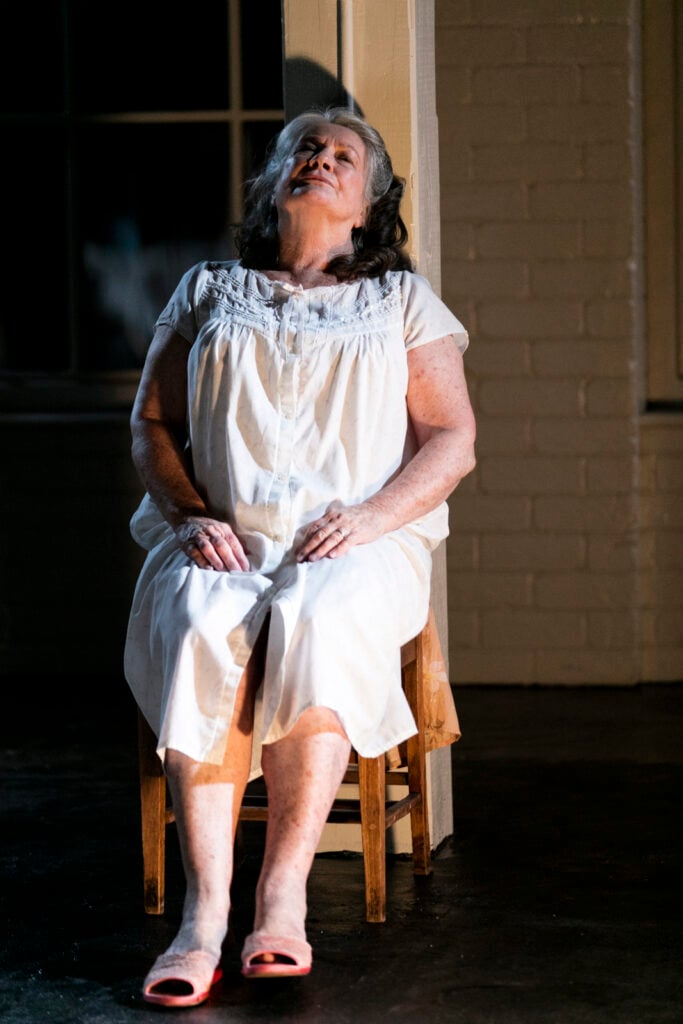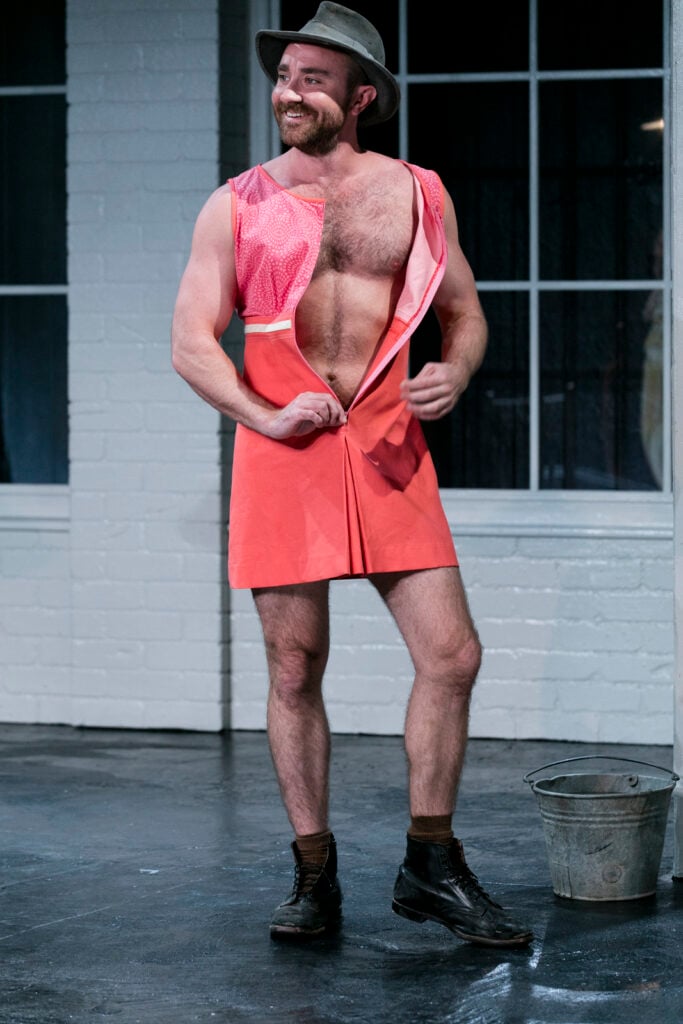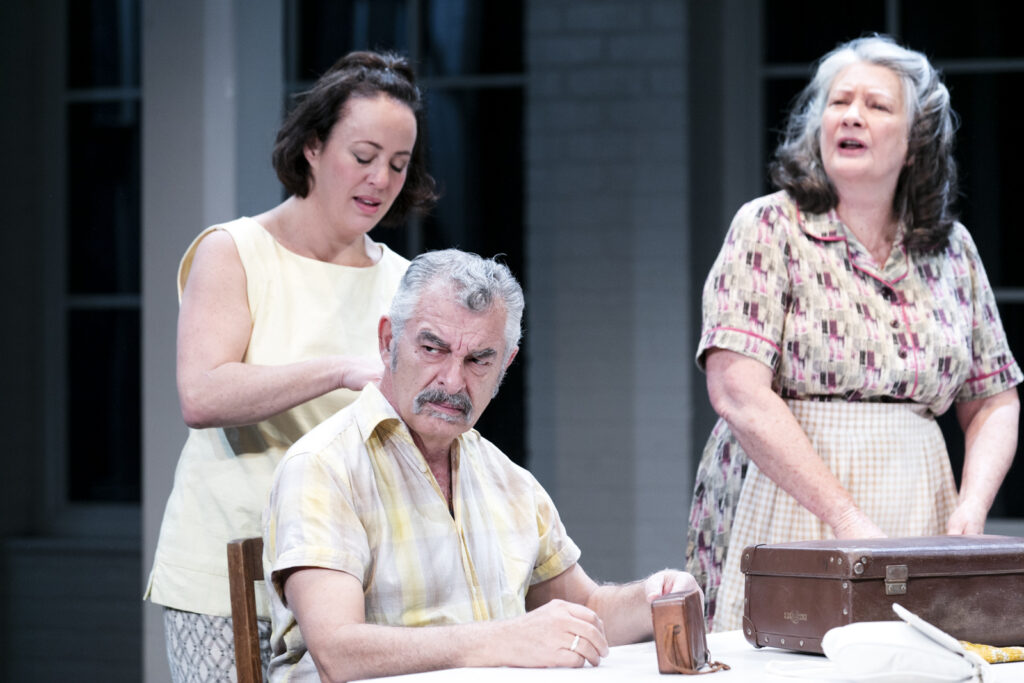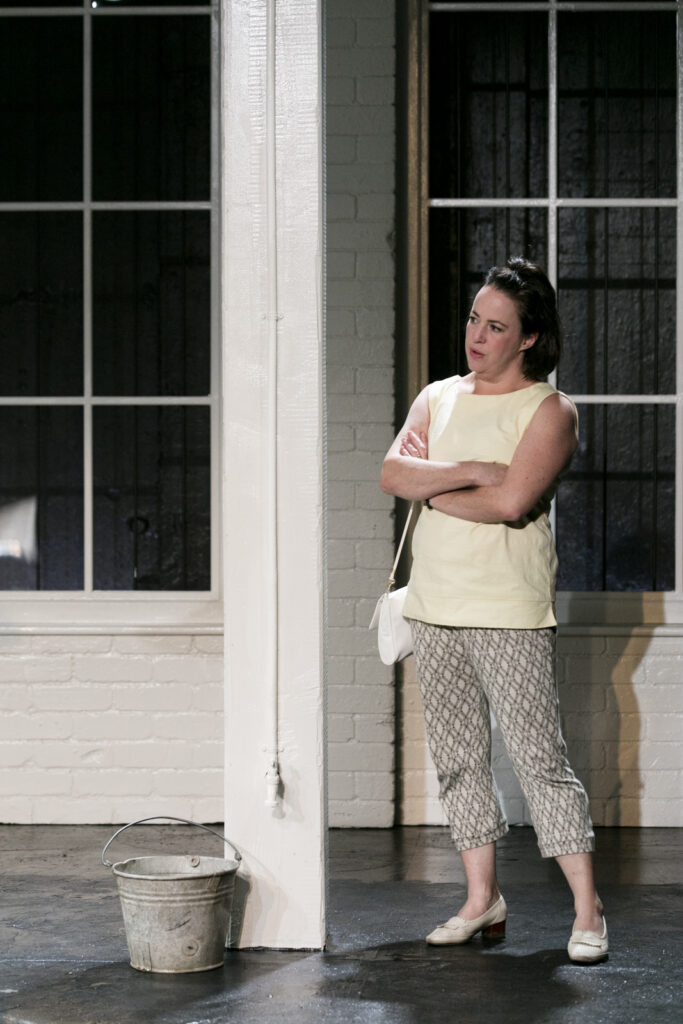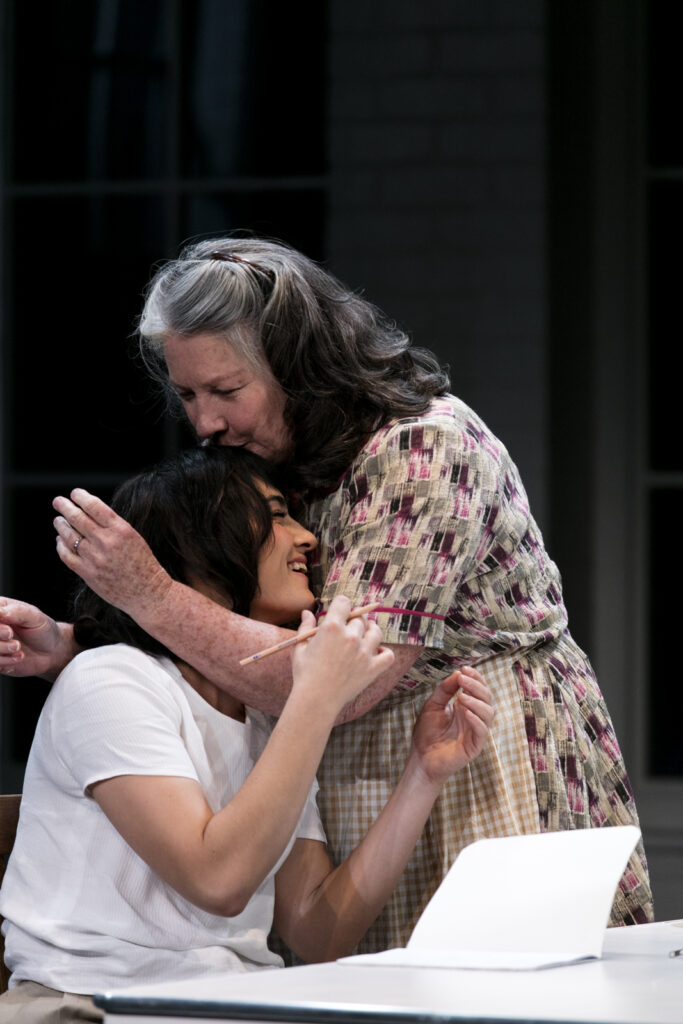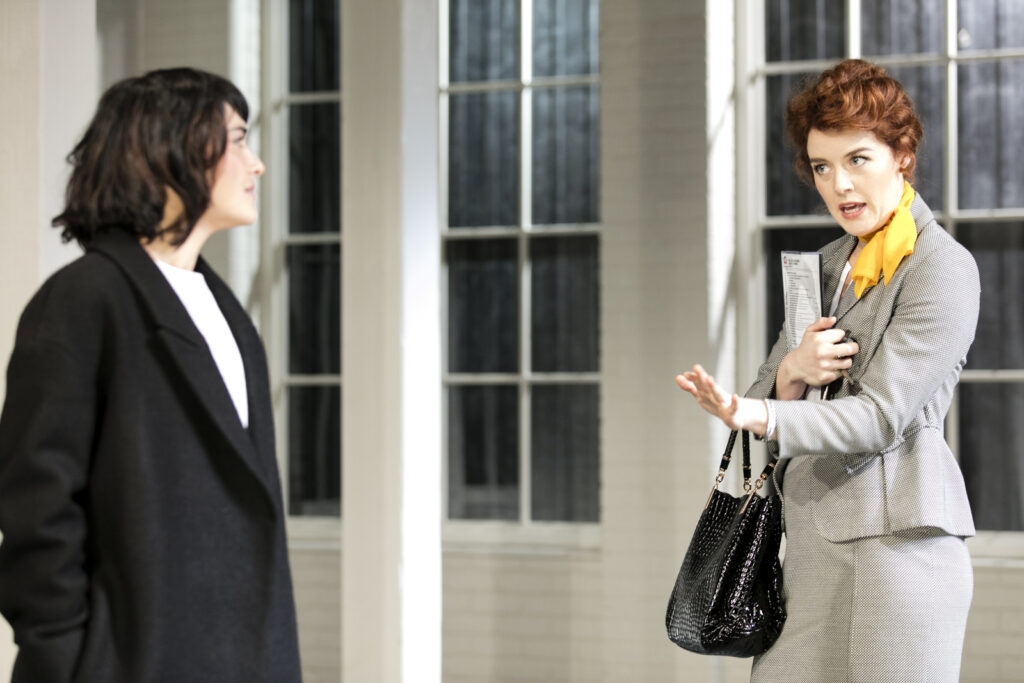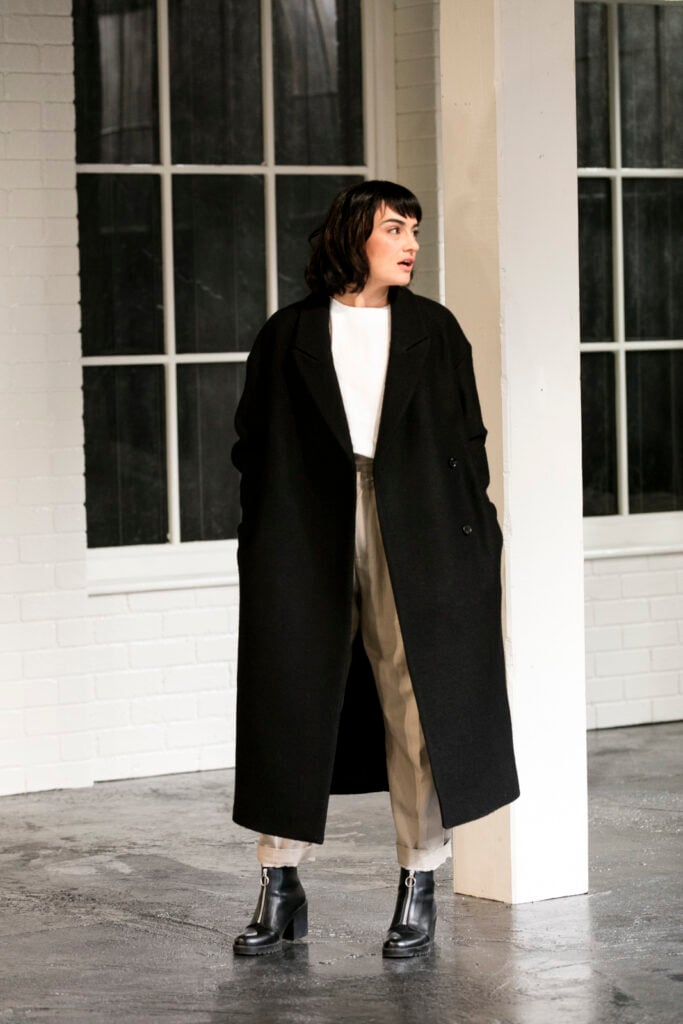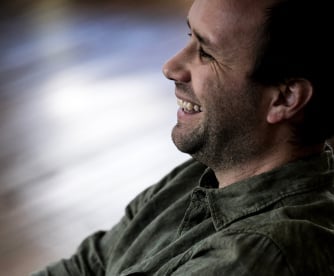The Sugar House is a story of Sydney. Writer Alana Valentine talks about the play’s genesis…
Nostalgia is not always a soothing experience. It can produce rage at things unnecessarily destroyed and pain from a sense of irretrievable loss.
Frank Moorhouse Dupain’s Australians
In February this year I was invited to speak to the Pyrmont History Group. They hold their meetings in the former CSR Pay Office in Pyrmont, across Refinery Square, and next to the refurbished Cooperage which supplied the former CSR Distillery. I was told that the group brings together ‘survivors of urban renewal and newcomers to the high-rise apartments that have replaced the cottages and the industrial buildings of CSR’. I suggested that we might read an excerpt of my work-in-progress play with local community members and, thankfully, several readers volunteered. One was a former judge, another a former teacher, and many were residents of the Jacksons Landing community. Jennice Kersh, a longtime Pyrmont local, had brought with her a volunteer called Barry, who had been a rabble-rousing union organiser. There was something about the authenticity of the place and the interaction of the readers which transformed the small community gathering into something very precious to me.
In much of my work as a dramatist, I strive to privilege voices which are drawn from diverse communities of interest. I do this because I believe in the value of connection and the piquancy of verity. I want to find freshness in the supposedly familiar and work with artistry with my theatre colleagues to bring that to audiences. In The Sugar House I have also drawn deeply on my own life and memories as a resource for the drama.
Although Pyrmont is a real site for the many conflicts between change and progress that play out in this and other cities, Pyrmont is also the ultimate metaphor for the unsolvable tensions inherent in both an individual and a community. The tensions between the value of the past, the needs of the present and the contract with the future. This fabulous Sydney suburb, which in 1992 declared itself the Republic of Pyrmont and issued passports to non-residents, is a potent dramatic frame for the obligations and decisions which we as individuals and citizens have to make every day. What to keep. What to discard.
When in 2017 The Sugar House was given an in-house reading by Belvoir, Eamon Flack described how, later, everyone in the office began to speak about their own families, about what had been facilitated to get them to their present reality. It is an enduring gift that he had the confidence to believe that the play might induce those same discussions in the Belvoir audience: to talk to each other about the ‘not always soothing experience’ of nostalgia as a provocation for how we decide the relative importance of respect for history and opportunities for change; to commune with characters who struggle to be equal to their ancestors’ ambitions and want to understand how they came to be who they are; whose identity is deeply linked to their past even when it changes in the present; and, who need to reach into that past to resolve unspoken and uncomfortable truths.
I thank Neil Armfield for commissioning this play, and those who have offered dramaturgical advice, including Sam Strong, Anthea Williams and Wesley Enoch. I acclaim Sebastian Born, the former Associate Director (Literary) of the National Theatre, London, for his endorsement of this play. It was written for Kris McQuade and I cherish the honour of having such a legend on stage in my work, Sheridan Harbridge is my deepest idea of Narelle, Sacha Horler’s vitality and courage is a sincere inspiration, Josh McConville who is as dangerous and beautiful as my own Uncle Ross, to whom this play is lovingly dedicated, Nikki Shiels whose talent is astonishing, and Lex Marinos, a respected elder of our profession who brings his calm, clear magic to this ensemble.
When Sarah Goodes came with me into the Mitchell Library to look at original Max Dupain negatives, commissioned by CSR in the 50s and 60s, and which I had requested be thawed out from cold storage, I knew that her commitment to and passion for this work would transform it in remarkable, urgent ways. My thanks to the genius of her team, Michael Hankin, Damien Cooper, Emma Vine, Michael Toisuta and Isabella Kerdijk, and the cleverness of the Belvoir production staff including the departing Sally Withnell who will be much missed. To Steve Francis, whose work as a musical collaborator I continue to treasure. And I pay special tribute to Shirley Fitzgerald and Tim Peach, Mitchell librarian Helen Benacek, my agents Sharne McGee and Wendy Howell, Vicki Gordon, and Justice Terence Sheahan, former NSW Attorney General, whom I interviewed about the passage of his legislation in 1985 which finally abolished all capital punishment in Australia.


